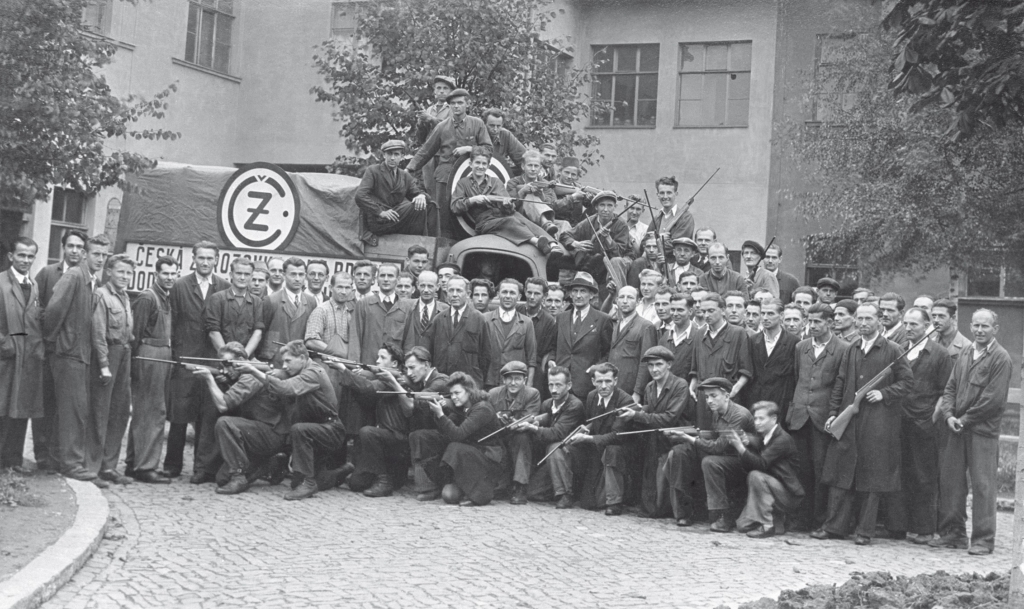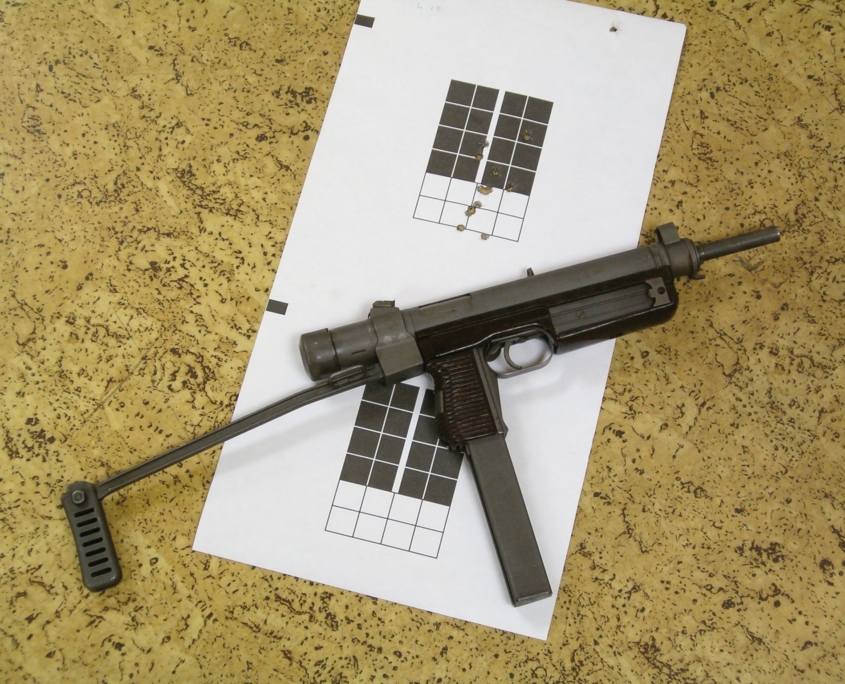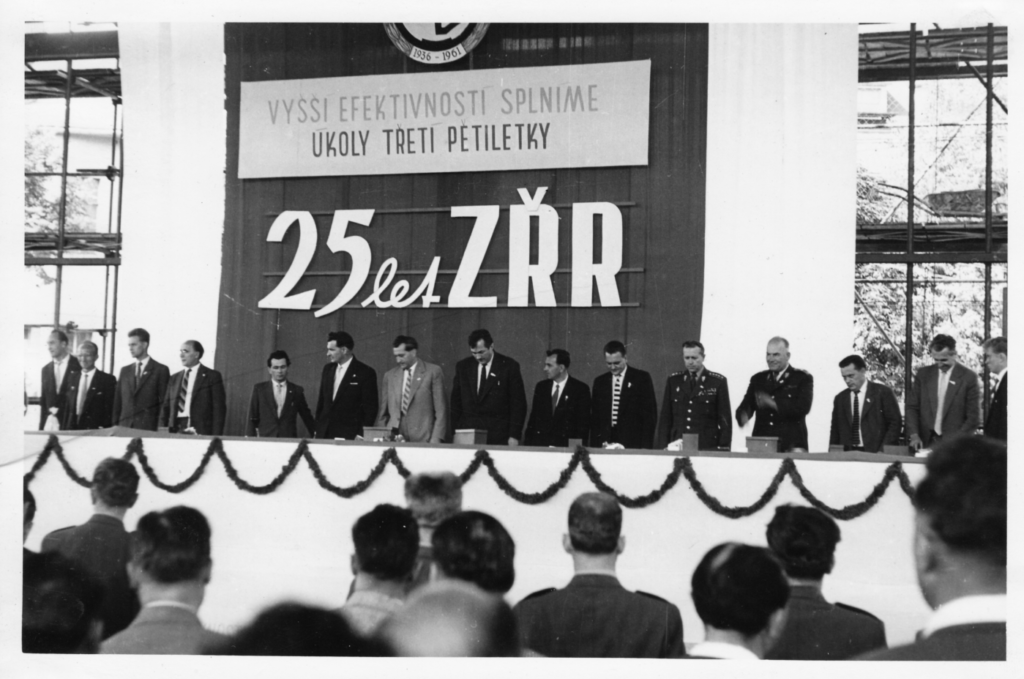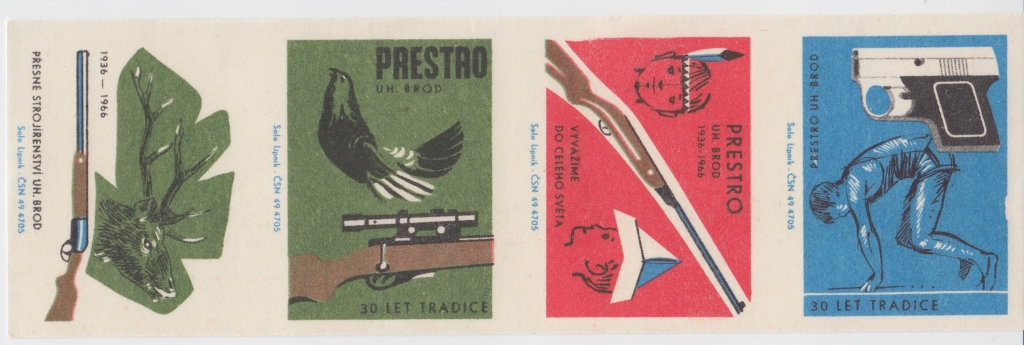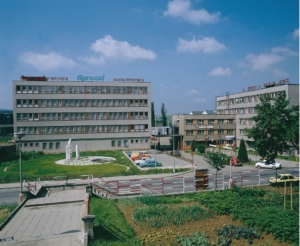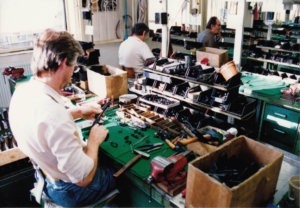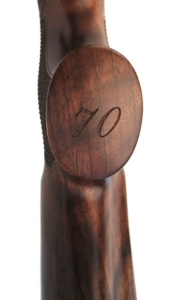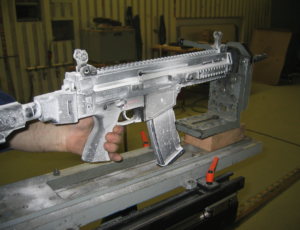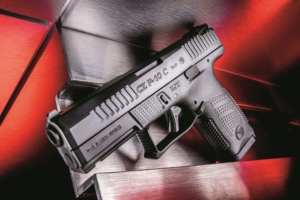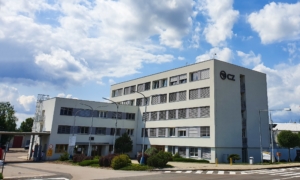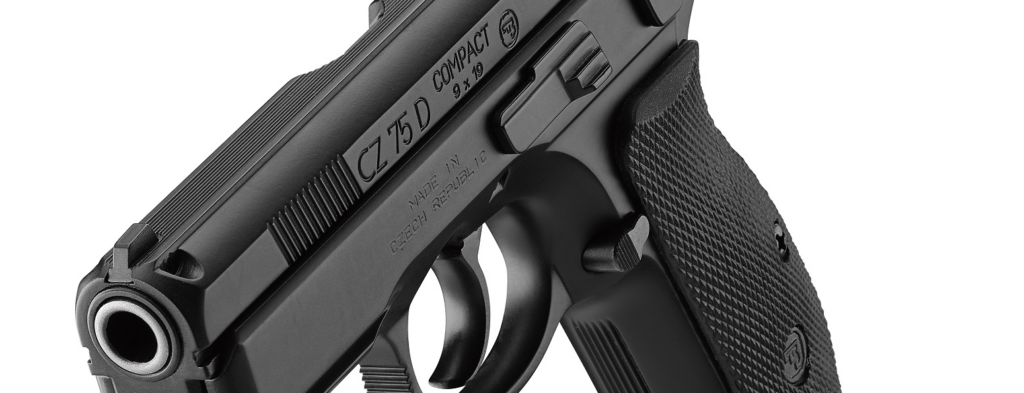In midsummer 1936, construction of a new small arms factory begins in the small Moravian town of Uhersky Brod, which has roughly six thousand inhabitants at the time. During this period, it is one of many projects the Czechoslovak Republic is working on in preparation for the war with Nazi Germany. It has long been known that this was one of the important milestones in the development of Ceska zbrovjovka, as well as the world’s arms industry.
85 years later, Ceska zbrojovka in Uhersky Brod is one of the few direct descendants of the glorious traditions of the Czechoslovak interwar arms industry; in fact, it is the only manufacturer of small arms that can boast such a long history with uninterrupted operations. It has long been one of the world’s elite manufacturers in its field, with production and sales volumes steadily increasing in recent years. Moreover, it is part of the international holding group CZG – Ceska zbrojovka Group, which recently acquired the famous American company Colt, and intends to use this acquisition to further expand its activities, especially in the prestigious US market.
On the occasion of this year’s 85th anniversary of the CZ brand, we will touch on some of the most important moments in its story.
Ceska zbrojovka is founded in Uhersky Brod and contributes to the war effort (1936-1945)
The small arms factory in Uhersky Brod, which is located in southeastern Moravia, is built in 1936 as a branch of the main Ceska zbrojovka factory in the Czech city of Strakonice. It is part of the government-initiated transfer of strategic production capacities from the western borders, which are being threatened by Nazi Germany, to the eastern regions of the country. It is not only one of the most advanced small arms enterprises in the first years of its existence by Czech standards, but also throughout the world. Its activities are mainly dedicated to the production of machine guns for the Czechoslovak Army’s airplanes, as well as for export. During German occupation from 1939-1945, production of machine guns for the German armed forces‘ airplanes is introduced. For the very first time, an attempt is made to expand its range with firearms for sale on the commercial market. These consist of air rifles and rimfire rifles. After liberation from Germany, the Uhersky Brod factory is put under state control.
A secret factory: In 1936, buildings of the small arms factory in Uhersky Brod were designed to resemble urban development housing when viewed from the air.
Start of mass commercial firearm production and introduction of submachine guns (1946-1949)
After the first wave of nationalization of the Czechoslovak industry, the Uhersky Brod factory remains a subsidiary of the Ceska zbrojovka parent factory in the Czech city of Strakonice. Due to a post-war shortage of orders from the armed forces, mass production of firearms for the commercial market (air rifles, rimfire rifles and automatic shotguns) begins in earnest. From 1948-1949, production of submachine guns is gradually introduced. In particular, the Model 48 (renamed to 23/25 in 1950) is the most advanced weapon in its category.
Air rifles were the first firearms to go into production after World War II.
A focus on the military and commercial firearm production becomes permanent (1950-1958)
The enterprise is independent, but at the same time under direct control of the state; consistent implementation of a planned economy begins. From 1950 onwards, firearms for the armed forces dominates its production (submachine guns, semi-automatic rifles and sniper rifles), which from 1952 onwards, involves many technical challenges. In response, production of firearms for the commercial market (air rifles, starter pistols and semi-automatic pistols) resumes in 1955 and has since formed one of the pillars of the Uhersky Brod production portfolio.
At the time of its release, the Uhersky Brod vz. 48 submachine gun, renamed to the 23/25 submachine gun in 1950, was the most advanced weapon of its type in the world.
Zbrojovka Uhersky Brod celebrated the 25th anniversary of its founding, while it was part of the state run company Zavody Rijnove revoluce, n. p. Vsetin.
Reorganization leads to production of arms for the domestic market (1958-1965)
The great reorganization of the Czechoslovak industry sees the introduction of so-called production and economic units as the intermediate stage of national management of the economy. The Zbrojovka Uhersky Brod factory is then incorporated into the state run company Rijnove revoluce, n. p. Vsetin. Its main products are small arms for domestic armed forces (the famous vz. 58 and vz. 61 Skorpion submachine guns), but centrally ordered delimitations gradually transfer the bulk of its firearm production for the commercial market in Czechoslovakia (air rifles and pistols, ZKM rimfire rifles, ZKK centerfire rifles and various types of pistols) to the Uhersky Brod factory.
Under new management and a new name (1965-1982)
The company is managed by Zbrojovka Brno during these years, but is later renamed from “Presne strojirenstvi” to “Zbrojovka” in 1968, with its headquarters in Brno. It mainly concentrates on companies focused on the production and development of agricultural machinery. Although the Uhersky Brod factory continues to manufacture service weapons, it is also exporting its firearms, which increasingly include firearms for commercial markets in Western countries. As part of the modernization of its product range, which begins in the second half of the 1960s, the groundbreaking CZ 75 pistol is released. In order to ensure continued employment for its workforce, production of engine components for turboprop aircraft is introduced in the early 1970s; in 1975 the company also begins production of hydraulic components for tractors.
Zbrojovka’s focus on export was emphasized during the 30th anniversary celebration of its founding in Uhersky Brod.
Agrozet Uhersky Brod takes control and diversifies production (1983-1988)
The Uhersky Brod company becomes part of the state economic organization Agrozet, which is an agricultural engineering group with headquarters in Brno (it was created from the Zbrojovka general directorate during the transition from trust management to group management). During these years, production of other products besides small arms (hydraulics for tractors and aircraft engine components) dominates its output, followed by the production of hunting and sport firearms, which are mainly for export. The factory struggles with obsolescence of its machinery, which is hampering the planned production ramp-up of a new generation of service firearms. Thanks to proceeds from the sale of CZ 75 pistols abroad, the first CNC machines are purchased.
Ceska zbrojovka Uhersky Brod is unleashed and sets its sights on the commercial market (1988-1992)
In the next phase of reorganization of the Czechoslovak industry, Ceska zbrojovka Uhersky Brod once again gains independence under its traditional name. In 1989, the communist regime in Czechoslovakia collapses and Ceska zbrojovka makes a significant change in its focus within the new political and economic atmosphere: the tradition of development and production of automatic firearms is stopped for an extended time, production of tractor hydraulics and aircraft engine gearboxes is discontinued, and the freed up capacity is used to radically increase production of firearms for the commercial market. The demand for its CZ 75 series pistols is a major contributor to maintaining employment for its workforce.
Zbrojovka in Uhersky Brod when it was part of the Agrozet state economic organization.
Due to its increased production of CZ 75/85 series pistols, Ceska zbrojovka was able to successfully navigate the demanding 1990s.
On its 70th birthday, Ceska zbrojovka released a limited edition of finely decorated CZ 550 rifles.
A new generation of automatic firearms, which included the first generation of CZ BREN assault rifles, was successfully released in 2011.
Ceska zbrojovka becomes a joint-stock company and expands its activities (since 1992)
On 1 May 1992, Ceska zbrojovka Uhersky Brod becomes a joint-stock company, with one majority (Czech) owner from 2001. The privatized company innovates and expands its product range, as well as introduces its own „CZ“ brand in the first half of the 1990s. The flagship of its range is the CZ 75 pistol series, whose fame is increasingly spread by the company’s successful team of IPSC sport shooters. As part of its penetration into new markets, the CZ-USA subsidiary is created in 1997. In the United States, Ceska zbrojovka buys the famous Dan Wesson Firearms brand, and in the Czech Republic, it acquires the production programs of firearm manufacturer Zbrojovka Brno.
A major milestone in the development of Ceska zbrojovka is the arrival of new management in 2006, under whose leadership the company rapidly releases modern models of their existing firearm series (pistols, rimfire rifles and centerfire rifles), creates a new generation of service firearms with which it rearms the Czech army and enjoys success abroad (assault rifles, submachine guns and grenade launchers), introduces the latest cutting-edge technologies, and begins extensive renovation of its facilities. Apart from firearms, production of high-precision components for the automotive and aerospace industries starts to increase. Due to these activities, Ceska zbrojovka Uhersky Brod experiences record economic results and constantly increases its production capacity, which is partly fueled by transfers of technology.
Since 2018, Ceska zbrojovka has been part of the international holding group CZG – Ceska zbrojovka Group SE, which aims to become a world leader in the production of small arms and to achieve sales of one billion euros by the end of 2025. An important step towards this goal was the recent acquisition of the famous American company Colt. Even after this major expansion, Ceska zbrojovka still remains the largest manufacturer in the CZG Group, with its products exported to almost 100 countries around the world.
The use of state-of-the-art production technologies makes a significant contribution to the extremely high quality of today’s CZ firearms. These CNC machines are chiefly used for the production of the main components in CZ pistols.
The most radical renewal to date of Ceska zbrojovka’s pistol range was carried out in 2017, when the new striker-fired CZ P-10 series with a fiber-reinforced polymer frame was released.
Since 2018, Ceska zbrojovka has been part of the international holding group CZG – Ceska zbrojovka Group SE.
Ceska zbrojovka today.
And that was a quick review of the first 85 years of Ceska zbrojovka Uhersky Brod. In the near future, the history of the CZ brand will also be commemorated by a selection of its most important and provocative models.




